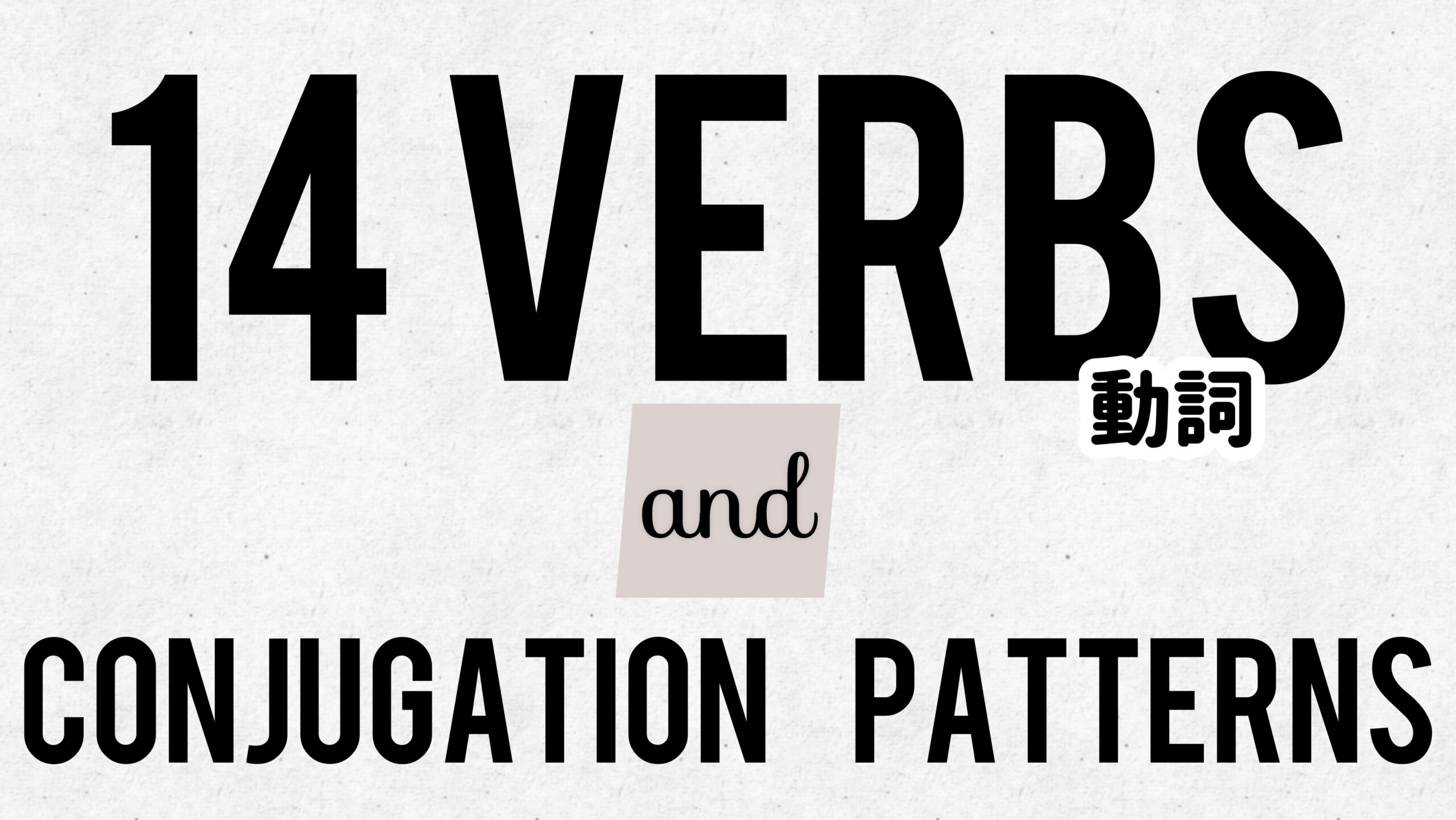The list of 14 verbs represents the ending patterns of the “Dictionary Form” of Japanese verbs.
The dictionary form is a basic form of verbs and we call it “dictionary form” as this is the one we find in dictionaries!
There are 3 verb groups based on the ending patterns.
Let’s have a look at them with the example verbs!
Group 1
Verbs that have the ending of -u, -aru, -uru, -oru, -tsu, -ku, -su, -bu, -mu and -gu are in Group 1.
For example:
1. 買う(かう, to buy)kau
2. 座る(すわる, to sit)suwaru
3. 作る(つくる, to make)tsukuru
4. 乗る(のる, to ride)noru
5. 待つ(まつ, to wait)matsu
6. 聞く(きく, to listen)kiku
7. 話す(はなす, to talk)hanasu
8. 学ぶ(まなぶ, to learn)manabu
9. 読む(よむ, to read)yomu
10. 泳ぐ(およぐ, to swim)oyogu
Group 2
Verbs that have the ending of -iru and -eru are in Group 2. However, even if the verb has the final -iru or -eru, there are some verbs that are exceptions and categorised in Group 1.
Please refer below.
11. 見る(みる, to see)miru
12. 食べる(たべる, to eat)taberu
Exception: -iru, -eru endings but in Group 1
知る(しる)shiru、限る(かぎる)kagiru、要る(いる)iru、走る(はしる)hashiru、入る(はいる)hairu、切る(きる)kiru、減る(へる)heru、帰る(かえる)kaeru、etc.
Group 3
There are only 2 verbs in Group 3. These are irregular, so we just have to memorise!
13. 来る(くる, to come)kuru
14. する(to do)suru
Conjugation examples
NAI-from (negative form)
Change the u-ending into a and add nai.
1. 買う(かう)kau → 買わない(かわない)kawanai
2. 座る(すわる)suwaru → 座らない(すわらない)suwaranai
3. 作る(つくる)tsukuru → 作らない(つくらない)tsukuranai
4. 乗る(のる)noru → 乗らない(のらない)noranai
5. 待つ(まつ)matsu → 待たない(またない)matanai
6. 聞く(きく)kiku → 聞かない(きかない)kikanai
7. 話す(はなす)hanasu → 話さない(はなさない)hanasanai
8. 学ぶ(まなぶ)manabu → 学ばない(まなばない)manabanai
9. 読む(よむ)yomu → 読まない(よまない)yomanai
10. 泳ぐ(およぐ)oyogu → 泳がない(およがない)oyoganai
Remove the ru-ending and add nai.
11. 見る(みる)miru → 見ない(みない)minai
12. 食べる(たべる)taberu → 食べない(たべない)tabenai
13. 来る(くる)kuru → 来ない(こない)konai
14. する suru → しない shinai
MASU-form (polite form):
Change the u-ending into i and add masu.
1. 買う(かう)kau → 買います(かいます)kaimasu
2. 座る(すわる)suwaru → 座ります(すわります)suwarimasu
3. 作る(つくる)tsukuru → 作ります(つくります)tsukurimasu
4. 乗る(のる)noru → 乗ります(のります)norimasu
5. 待つ(まつ)matsu → 待ちます(まちます)machimasu
6. 聞く(きく)kiku → 聞きます(ききます)kikimasu
7. 話す(はなす)hanasu → 話します(はなします)hanashimasu
8. 学ぶ(まなぶ)manabu → 学びます(まなびます)manabimasu
9. 読む(よむ)yomu → 読みます(よみます)yomimasu
10. 泳ぐ(およぐ)oyogu → 泳ぎます(およぎます)oyogimasu
Remove the ru-ending and add masu.
11. 見る(みます)miru → 見ます(みます)mimasu
12. 食べる(たべます)taberu → 食べます(たべます)tabemasu
13. 来る(きます)kuru → 来ます(きます)kimasu
14. する suru → します shimasu
Potential form:
Change the u-ending into e and add ru.
1. 買う(かう)kau → 買える(かえる)kaeru
2. 座る(すわる)suwaru → 座れる(すわれる)suwareru
3. 作る(つくる)tsukuru → 作れる(つくれる)tsukureru
4. 乗る(のる)noru → 乗れる(のれる)noreru
5. 待つ(まつ)matsu → 待てる(まてる)materu
6. 聞く(きく)kiku → 聞ける(きける)kikeru
7. 話す(はなす)hanasu → 話せる(はなせる)hanaseru
8. 学ぶ(まなぶ)manabu → 学べる(まなべる)manaberu
9. 読む(よむ)yomu → 読める(よむめる)yomeru
10. 泳ぐ(およぐ)oyogu → 泳げる(およげる)oyogeru
Remove the ru-ending and add rareru.
11. 見る(みる)miru → 見られる(みられる)mirareru
12. 食べる(たべる)taberu → 食べられる(たべられる)taberareru
13. 来る(くる)kuru → 来られる(こられる)korareru
14. する suru → できる dekiru
It may take some time for you to get used to them, but try to practice until they become familiar!




Comments